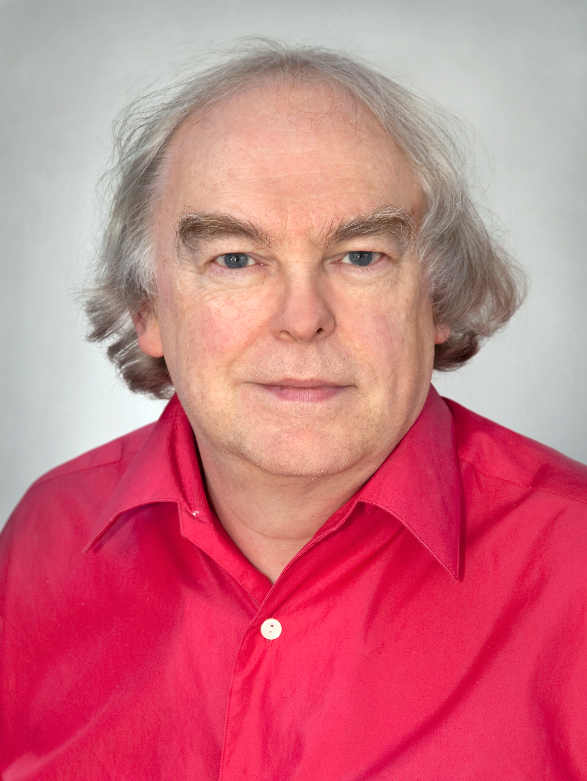Ian Hinchliffe of the Physics Division at the U.S. Department of Energy’s Lawrence Berkeley National Laboratory is one of four scientists to win the 2011 J. J. Sakurai Prize in Theoretical Physics from the American Physical Society (APS).
Hinchliffe shares the prize with Estia Eichten and Chris Quigg of the Fermi National Accelerator Laboratory and with Kenneth Lane of Boston University. The Sakurai Prize consists of a certificate, $10,000 to be divided equally, and travel allowances to the April meeting of the APS in Anaheim, Calif., where the prize will be awarded.
The four men earned the prize, according to the citation, for their work “to chart a course for the exploration of TeV scale physics using multi-TeV hadron colliders.” It may seem ironic that their seminal paper, “Supercollider Physics,” which appeared in Reviews of Modern Physics in 1984, was written in anticipation of a machine that was never built, the Superconducting Super Collider. Nevertheless their visionary work has proved indispensable for planning the physics programs at CERN’s Large Hadron Collider (LHC) and subsequent accelerators that may also achieve particle energies in the trillions of electron volts (TeVs).
Hinchliffe currently leads Berkeley Lab’s participation in the ATLAS experiment at the LHC. He became a Staff Senior Scientist at Berkeley Lab in 1983, where he served as
head of the theoretical physics group from 1992 to 1999. He joined the ATLAS collaboration in 1996 and served as ATLAS physics coordinator in 2006 and 2007. The LHC is now close to completing its first year of operation.
“Since ATLAS started taking data in 2009,” says Hinchliffe, “I’m delighted to be participating directly in exploring the TeV energy scale.”
Born in Dewsbury, England, Hinchliffe was educated at University College and St John’s College, Oxford. While a student, he had the privilege of preparing a written version of lectures given by Richard Feynman at the famous Les Houches summer school of theoretical physics in Switzerland. Under the supervision of renowned physicist Christopher Llewellyn Smith, Hinchliffe was awarded a D.Phil in theoretical particle physics in 1977.
Hinchliffe’s research emphasizes the importance of experiment in testing theoretical ideas and in driving theoretical developments, particularly those aimed at understanding interactions among fundamental particles. Most of his work demonstrates how the Standard Model, and the extensions designed to address some of its shortcomings, can be tested at hadron colliders.
He has worked on the implications of theories based on supersymmetry and the presence of extra space-time dimensions; he is currently concentrating on measurements of jet properties (streams of debris from high-energy collisions) and searches for new physics producing final states that may contain several high-energy particles.
A Fellow of the American Physical Society, Hinchliffe has lectured at advanced schools in China, France, Italy, Norway, Russia, Scotland, Spain, and the USA. He is married to Marjorie Shapiro of Berkeley Lab’s Physics Division, a professor of physics at the University of California at Berkeley. When not doing physics, Hinchliffe can often be found at theatrical and music performances; he has attended productions of more than 200 different operas.
Berkeley Lab is a U.S. Department of Energy (DOE) national laboratory managed by the University of California for the DOE Office of Science. Visit our website. To change your email address or subscription to the Berkeley Lab news list, go here.
Additional information
More on Eichten, Hinchliffe, Lane, and Quigg’s “map” of TeV-scale physics, from Fermilab Today
